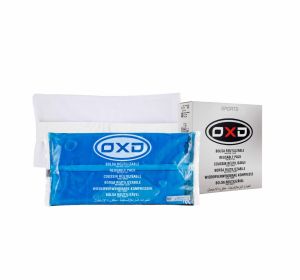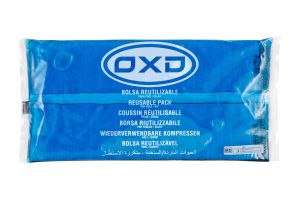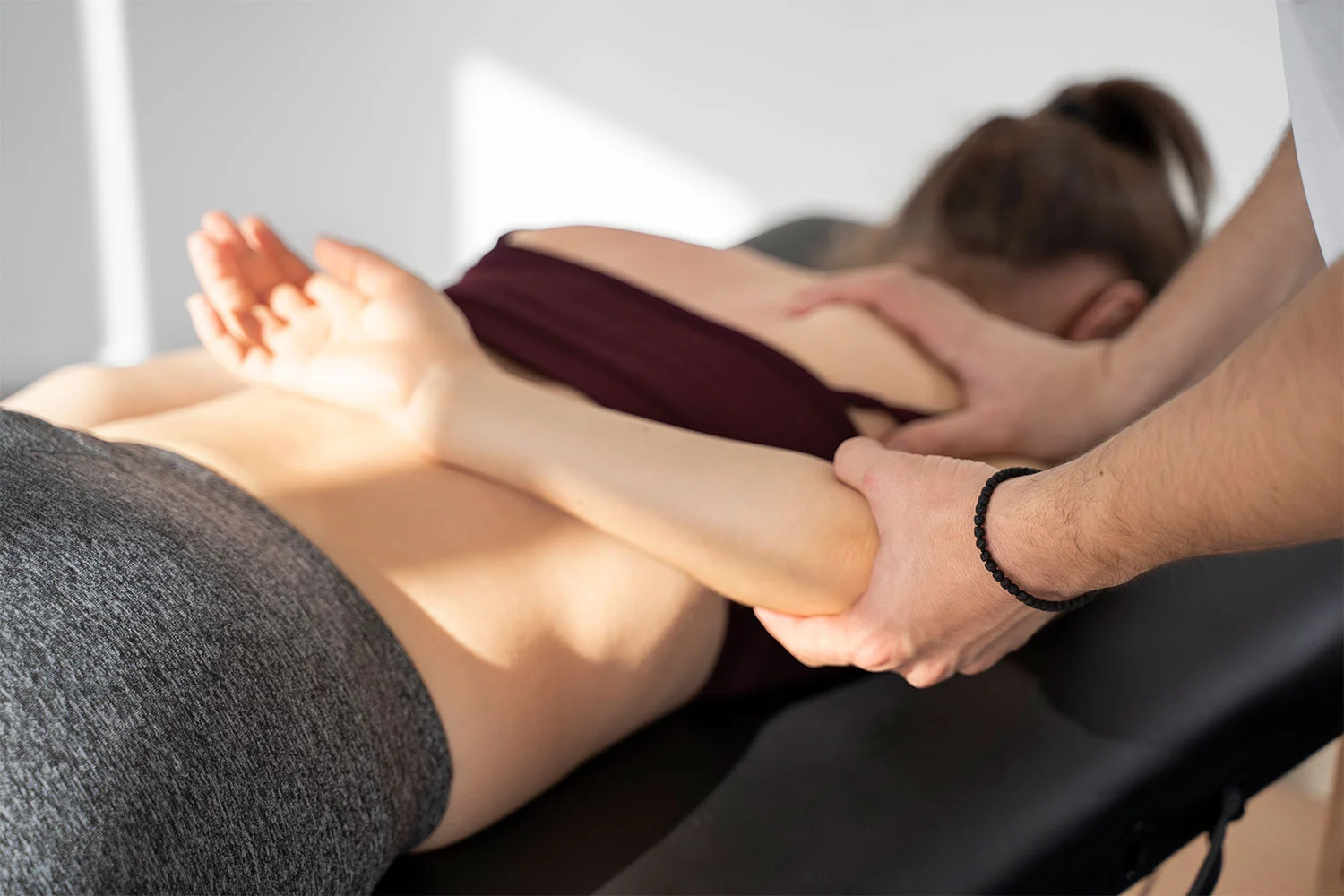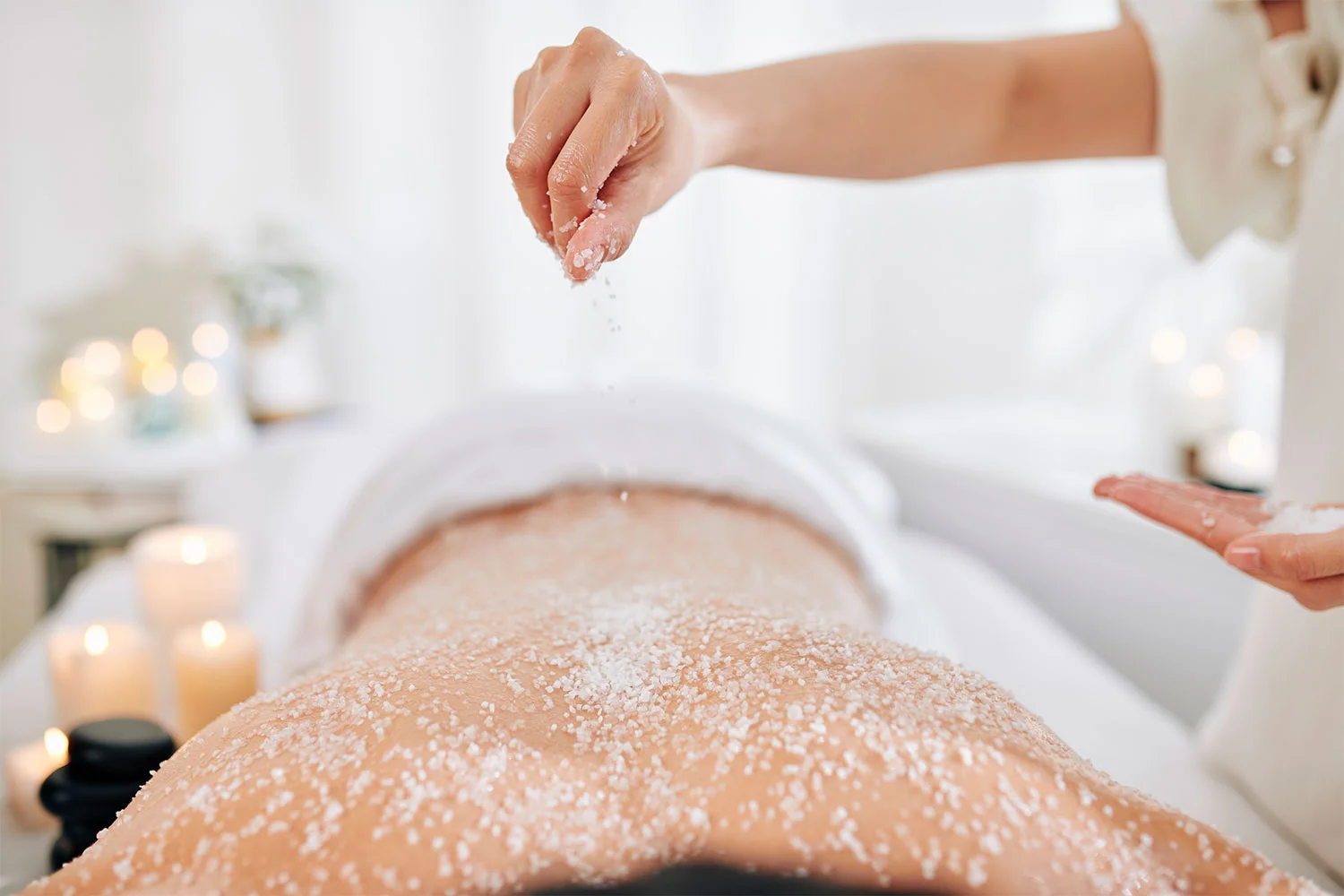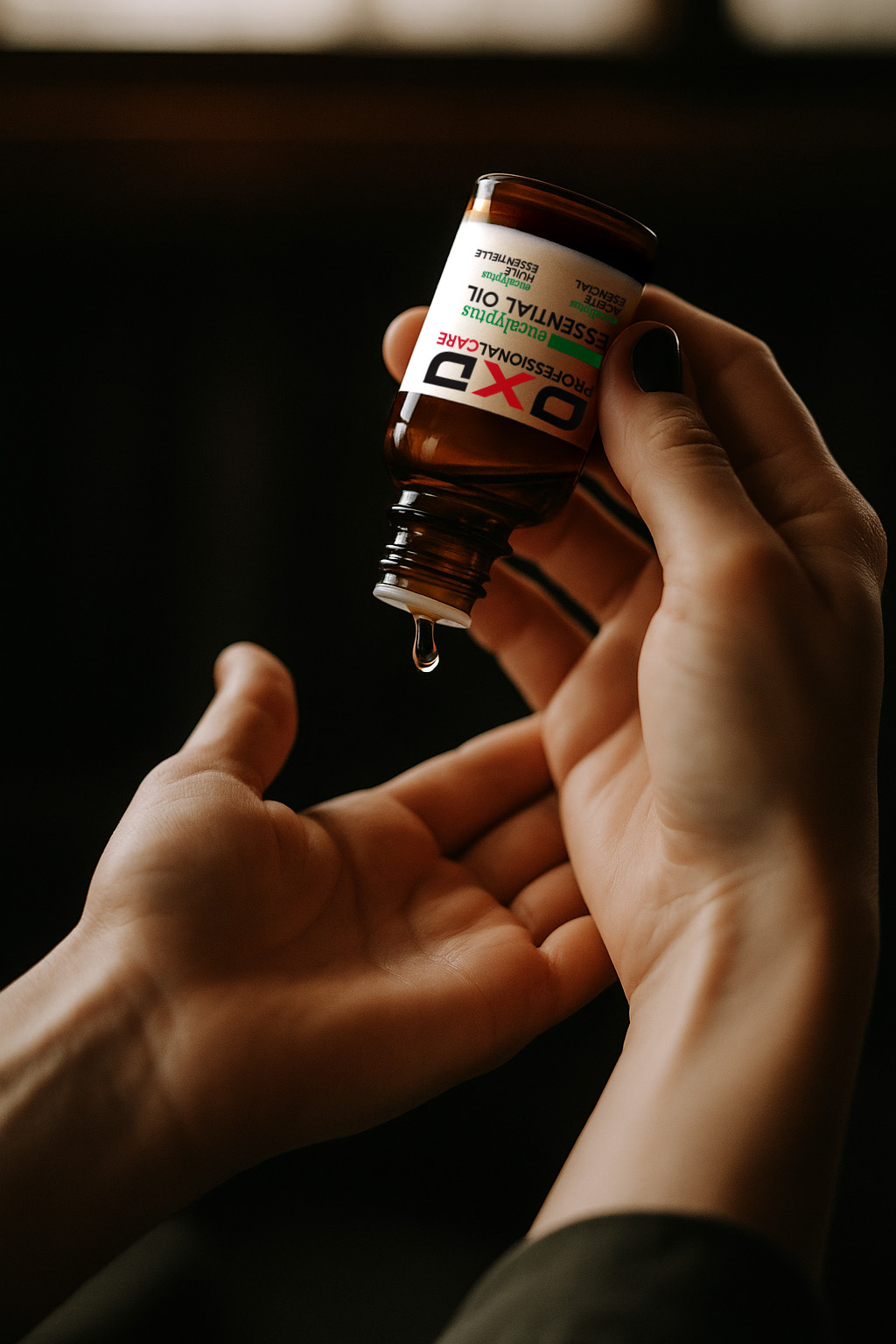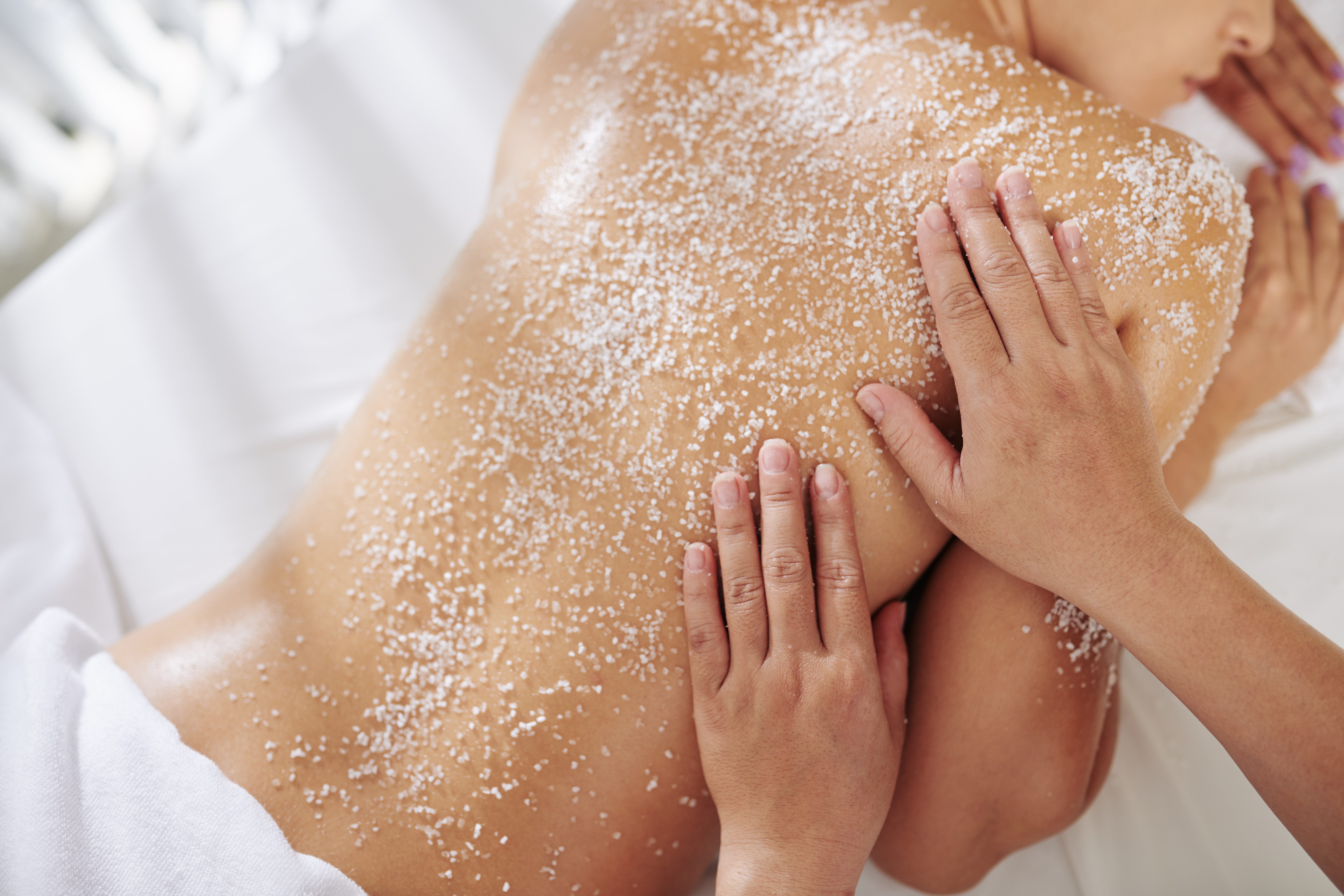Cold/heat therapy in modern physiotherapy
Cold/heat therapy in modern physiotherapy
Cold/heat therapy is a core treatment in modern physiotherapy, which integrates new techniques and technologies aimed at improving and speeding up patient recovery.
Although far from being new, cryotherapy (cold therapy) and thermotherapy (heat therapy) are two techniques as ancient as they are effective when it comes to recovering from an injury. In addition to relieving symptoms, they can prevent them from appearing in the first place.
However, while they are effective, it is important to know when to use cold or heat therapy. This depends partly on the type of injury or type of massage to be performed and, above all, on how long it has been since the injury occurred.
Aware of their important role in modern physiotherapy, at Telic Fisio&Sport we want to explain what cold and heat therapies are, when to apply each technique and how they can help in recovery from an injury.
What is cold/heat therapy in physiotherapy and when should you use it in massages?
Cold/heat therapy is a technique used in physiotherapy to treat various musculoskeletal injuries and conditions. It involves the application of cold or heat to relieve pain, reduce inflammation, improve blood circulation and accelerate the healing process after an injury or to prevent it.
Both cryotherapy and thermotherapy have a series of specific uses and benefits, and the right one to use will depend on the type of injury and the patient's condition.
Cryotherapy: what is cold therapy and when should you use it?
Cryotherapy involves the use of cold gels to treat acute injuries, reduce inflammation and relieve pain through massage. It provides a refreshing sensation that will speed up muscle recovery after high-intensity physical exercise.
The purpose of applying cold during the massage is to constrict the blood vessels, which will help reduce blood flow to the affected area, reducing inflammation and pain.
When the cold is removed, the blood vessels will dilate, which in turn will improve circulation and help eliminate toxins and waste products from the cells.
In general, it is recommended to apply cold when performing an anti-inflammatory massage, for example, when treating a sprain, a blow, a fall, muscle strain or postoperative inflammation.
Although the physio will decide how to use it, ideally cold should be applied during the first 72 hours, in maximum periods of 20 minutes every two hours, through a massage.
Main benefits of cold therapy
- Reduces inflammation: the cold, by reducing blood flow, will reduce inflammation and swelling in the injured area, promoting faster recovery.
- Relieves pain: the cold can numb the nerve endings, acting as a local anaesthetic that will reduce nerve sensitivity and relieve the sensation of pain.
- Decreases muscle spasms: cold helps reduce muscle spasms and tension.
- Prevents further damage: by limiting inflammation and blood flow, cold can prevent further damage to injured tissues.
- Stimulates the immune system: cold strengthens the immune system, increasing the production of white blood cells and other defensive cells in the body.
Thermotherapy: what is it and when should you use heat in massages?
In contrast, thermotherapy involves the local use of heat during massages to treat chronic injuries, relieve muscle stiffness and improve blood circulation. The high temperatures help reduce arterial pressure and increase blood flow, causing a sedative and relaxing effect that will immediately reduce pain.
In addition to reducing pain, heat creams are also very effective in preparing muscles before exercise and are highly recommended for people who regularly do high-intensity physical exercise.
Unlike cryotherapy, thermotherapy is recommended for treating advanced or chronic injuries, as long as the inflammation phase (72 hours) is over. This includes arthritis, lower back pain, joint or muscle stiffness and tension.
Main benefits of heat therapy
- Improves circulation: the heat increases blood flow, which allows more oxygen and nutrients to reach the damaged tissues.
- Relaxes muscles: the heat helps relax muscles and relieve both tension and muscle spasms.
- Reduces pain: by relaxing the muscles and improving circulation, heat can reduce pain.
- Improves flexibility: thermotherapy can increase tissue elasticity, improving mobility and flexibility, which will reduce the risk of muscle injuries.
Cold/heat therapy with OXD packs
Aware of the many benefits of cryotherapy and thermotherapy, at Telic we offer you the reusable OXD cold/hot packs. You can use these for both cold and heat therapies, as their composition means that they maintain the temperature effectively.
Available in different sizes, the use of these packs in cold mode is recommended to relieve inflammation, bruises, blows, sprains and muscle or joint injuries, while in heat mode, they will relieve joint and muscle pain and are very effective in treating lower back pain, torticollis, rheumatism and hypothermia.
They are very easy to use. You simply have to put them in the freezer or microwave depending on how you want to use them.
We also have instant cold packs, which you only have to shake or hit to apply cold quickly, in emergency situations. A chemical reaction is used to generate the cold, with no external cooling needed.
If you prefer, you can use a cold spray with a valve for a 360° application. From a distance of around 20 cm, directly spray the area to be treated, until you see a fine powder appear. This is an excellent solution for treating minor traumatic injuries.
In short, cold/heat therapy is a very effective tool in physiotherapy for the treatment of various injuries and conditions. If applied correctly, it will speed up the recovery process, relieve pain and improve the quality of life of the patients. However, it is essential to follow the instructions of a professional physiotherapist to ensure its effectiveness and, above all, its safety.
Sources:
https://www.xn--clinicaluisbaos-brb.es/cuando-aplicar-frio-o-calor/
https://iberent.es/actualidad/crioterapia-fisioterapia
https://fisiolution.com/banos-de-contraste-utilizarlos/
https://www.clinicbarcelona.org/noticias/en-una-lesion-cuando-se-debe-aplicar-frio-y-cuando-calor

 Español
Español Français
Français